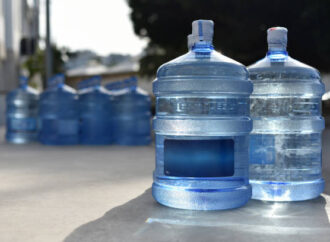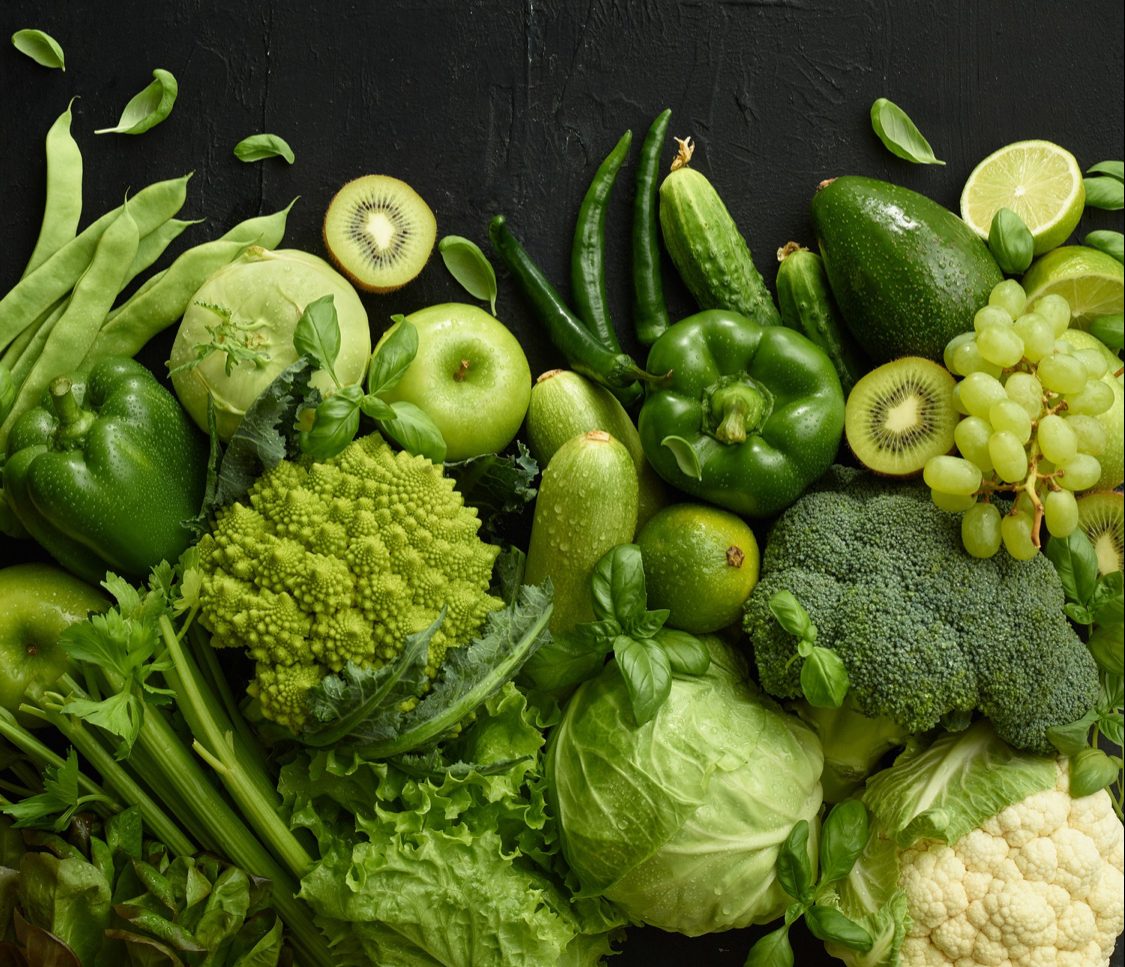 Running a successful restaurant involves more than just serving delicious food; cleanliness and sanitation are equally crucial to your establishment’s reputation and success. In this blog, we’ll discuss essential cleaning and sanitation best practices that every restaurant should implement.
Running a successful restaurant involves more than just serving delicious food; cleanliness and sanitation are equally crucial to your establishment’s reputation and success. In this blog, we’ll discuss essential cleaning and sanitation best practices that every restaurant should implement.
Understanding the Importance of Cleaning and Sanitation
Understanding the importance of cleaning and sanitation is paramount in the restaurant industry. Maintaining a clean and hygienic environment is not only crucial for the health and safety of customers but also for the reputation and success of the establishment. Proper cleaning practices help prevent the spread of harmful bacteria, viruses, and other contaminants that can cause foodborne illnesses. Regular sanitation routines ensure that food is prepared and served in a safe and sanitary manner. By prioritizing cleanliness and sanitation, restaurants can create a welcoming and trustworthy atmosphere, instilling confidence in their patrons and setting a high standard for excellence.
Basic Cleaning Practices
- Regular Cleaning Schedules
Every restaurant should have a strict and regular cleaning schedule. This includes daily, weekly, and monthly tasks, from wiping down tables and kitchen surfaces after each use to deep-cleaning the ovens and grills. Keep a checklist for staff to follow and ensure tasks are completed diligently.
- Proper Use of Cleaning Agents
It’s important to use cleaning agents that are safe for food establishments. Staff should be trained on how to use these agents correctly, including understanding dilution rates, contact times, and safe storage practices. Always follow manufacturer’s instructions for optimal effectiveness.
- Hand Hygiene Practices
 Hand hygiene is a critical component of restaurant sanitation. Employees should be trained on when and how to wash their hands properly, and handwashing stations should be readily accessible, stocked with soap, warm water, and single-use towels.
Hand hygiene is a critical component of restaurant sanitation. Employees should be trained on when and how to wash their hands properly, and handwashing stations should be readily accessible, stocked with soap, warm water, and single-use towels.
- Cross-Contamination Prevention
Cross-contamination can easily occur in a busy restaurant kitchen. Implement practices like using color-coded cutting boards for different food types, properly storing raw and cooked foods separately, and regularly cleaning and sanitizing all food contact surfaces.
- Regular Equipment Maintenance and Cleaning
 Kitchen equipment can quickly become a breeding ground for bacteria if not properly maintained. Regular deep cleaning and maintenance of equipment, including grills, ovens, refrigerators, and ice machines, should be part of your sanitation protocol.
Kitchen equipment can quickly become a breeding ground for bacteria if not properly maintained. Regular deep cleaning and maintenance of equipment, including grills, ovens, refrigerators, and ice machines, should be part of your sanitation protocol.
- Pest Control Measures
Pest control is another essential aspect of restaurant sanitation. Regularly inspect your restaurant for signs of pests and work with a professional pest control service to establish a prevention and response plan.
- Staff Training and Accountability
Finally, a restaurant’s cleanliness and sanitation practices are only as good as the staff implementing them. Regular training should be provided, ensuring that all staff understand the importance of these practices and their roles in maintaining a clean and safe environment.
In conclusion, effective cleaning and sanitation practices are vital for the success of any restaurant. They protect your customers and staff, improve your restaurant’s reputation, and can even enhance your food’s quality and taste. Remember, a clean restaurant is a successful restaurant.
 Food Manifest
Food Manifest 



















Leave a Comment
Your email address will not be published. Required fields are marked with *